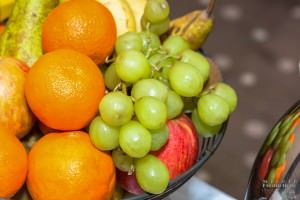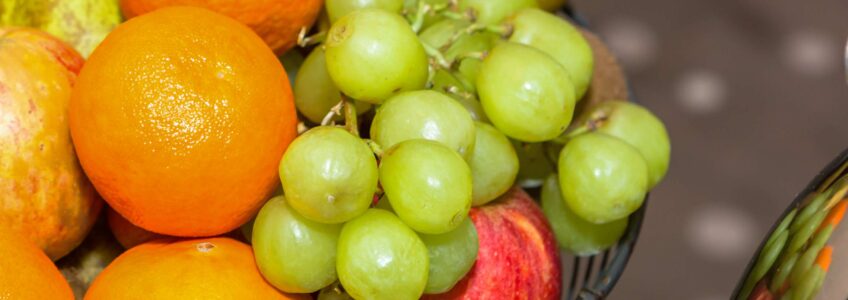Search Engine Optimization - Keyword Tagging and Why It’s Our Best Friend in the world of PHOTO + VIDEO
As a photographer or cinematographer, you could have the best gear, the most creative blocking, and the most beautiful images - but you’ll never sell a single photo or video if you don't use effect keyword tagging so potential buyers can’t find your media.
This is where keyword tagging comes in - your aim is to create tags that will make your clips appear in search engines everywhere and that lead people to sites where they can purchase your photos and video clips. Keywords are not only important for finding media, but they’re usually the only descriptor (besides the thumbnail) that a buyer has to evaluate the content of a specific photo or video image. This is why keyword optim
 ization is so crucial to anyone selling creative media. Before we actually look at keywords themselves, know that improving SEO starts with the title and description of your image or video.
ization is so crucial to anyone selling creative media. Before we actually look at keywords themselves, know that improving SEO starts with the title and description of your image or video.The first way to increase SEO (search engine optimization) is to vary the metadata over multiple sites. This may seem counter-intuitive, as it may seem like you should create a nice title, description, and keywords for the media and then put that exact information everywhere. However, if this is done, search engines will weed out all clips with the same information and return fewer results for that clip to the searcher. If the information is varied slightly between sites (like changing the title by a few words), the clips will return more hits on different searches - thus having a higher probability of being seen and, therefore, purchased.
Another great way to increase SEO is to add no less than 40- and no more than 60 words in the description of your media. This method, courtesy iStock’s article on how to improve SEO, is the best way to give potential buyers the most info about the video clip or photo. Your description is the narrative of the media - it should utilize as many adjectives as it can to describe color, time of year, and the general feeling of the scene. It should be the introduction to the media - and it should make the potential buyer want to click on the image or press play on the video. After a good title and description, your chosen keywords are the crown jewel of your SEO. The best way to use them efficiently is to keyword a wide range of nouns. Since the definition of a noun is a “person, place, thing, or idea,” this leaves opportunity to describe many different parts of the photo or video:
What/who is the subject? What is going on? Where is this scene taking place? What is the weather like? - all the answers to these questions are possible keywords for the media.
While some sites and stock houses put a cap on the number of keywords, it is also a great idea to use at least 50 keywords (but also no more than 50) per image when keyword tagging. This way, you can aim for the perfect balance of keywords for your image while not using every word in the English dictionary as a keyword (which could disappoint buyers when your keywords aren’t disambiguated correctly).

This brings us to a parting thought on proper keyword SEO - disambiguation. Disambiguation of keywords is the process of choosing the correct keyword context for your image. For example, when you use the word “orange” as a keyword, there are multiple meanings for that word. One could be referring to the fruit named orange, or the color of the same name. In some ways, this process isn’t crucial (since the fruit orange is usually also the color orange), but sometimes the context can be completely different. The ability to disambiguate keywords isn’t built into the workflow of most sites or stock houses (iStock being the exception with their DeepMeta program); nevertheless, it is a crucial part of keywording your media. So, be aware.
The next time you create the perfect stock photo or clip, be sure to keyword the hell out of it (while devoting time and precision to keyword choice) to get the most hits!
Here’s a Link to Great Keyword Generator - https://www.arcurs.com/keywording/
Want more? Follow Miceli Productions on Twitter for more insight, tips and pretty pictures.

